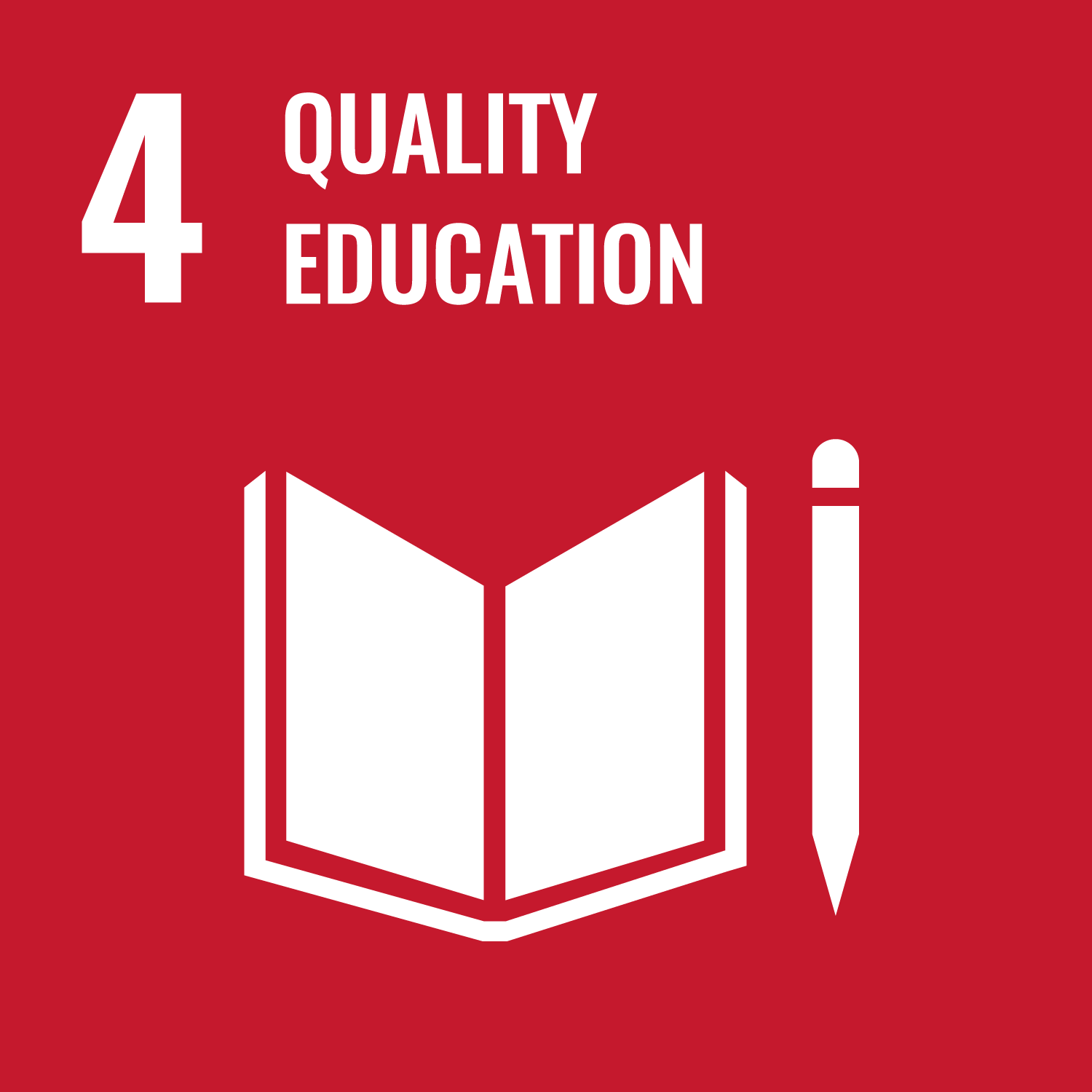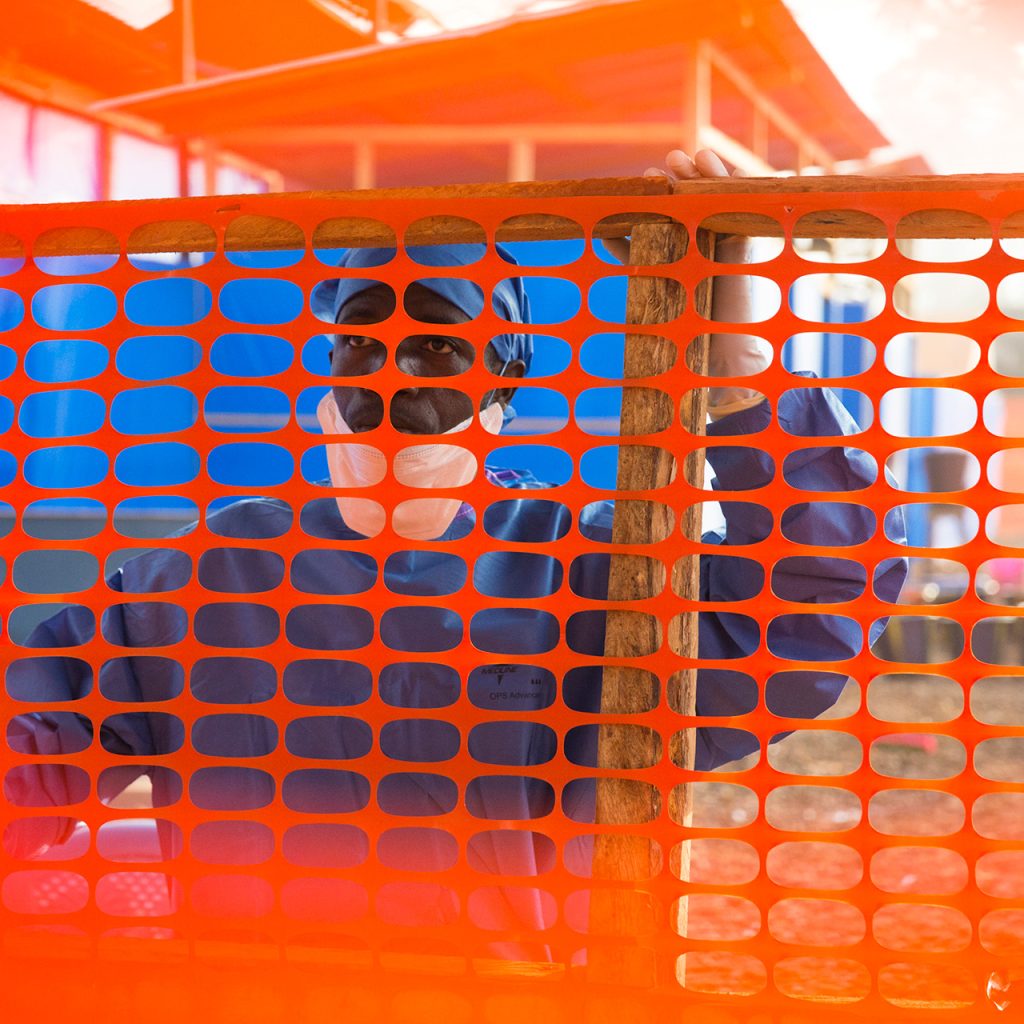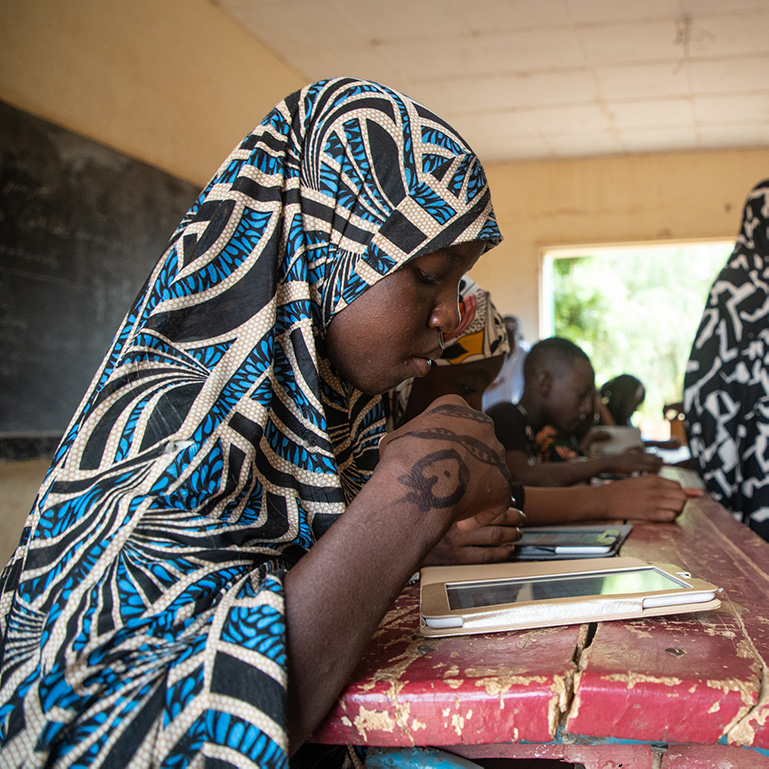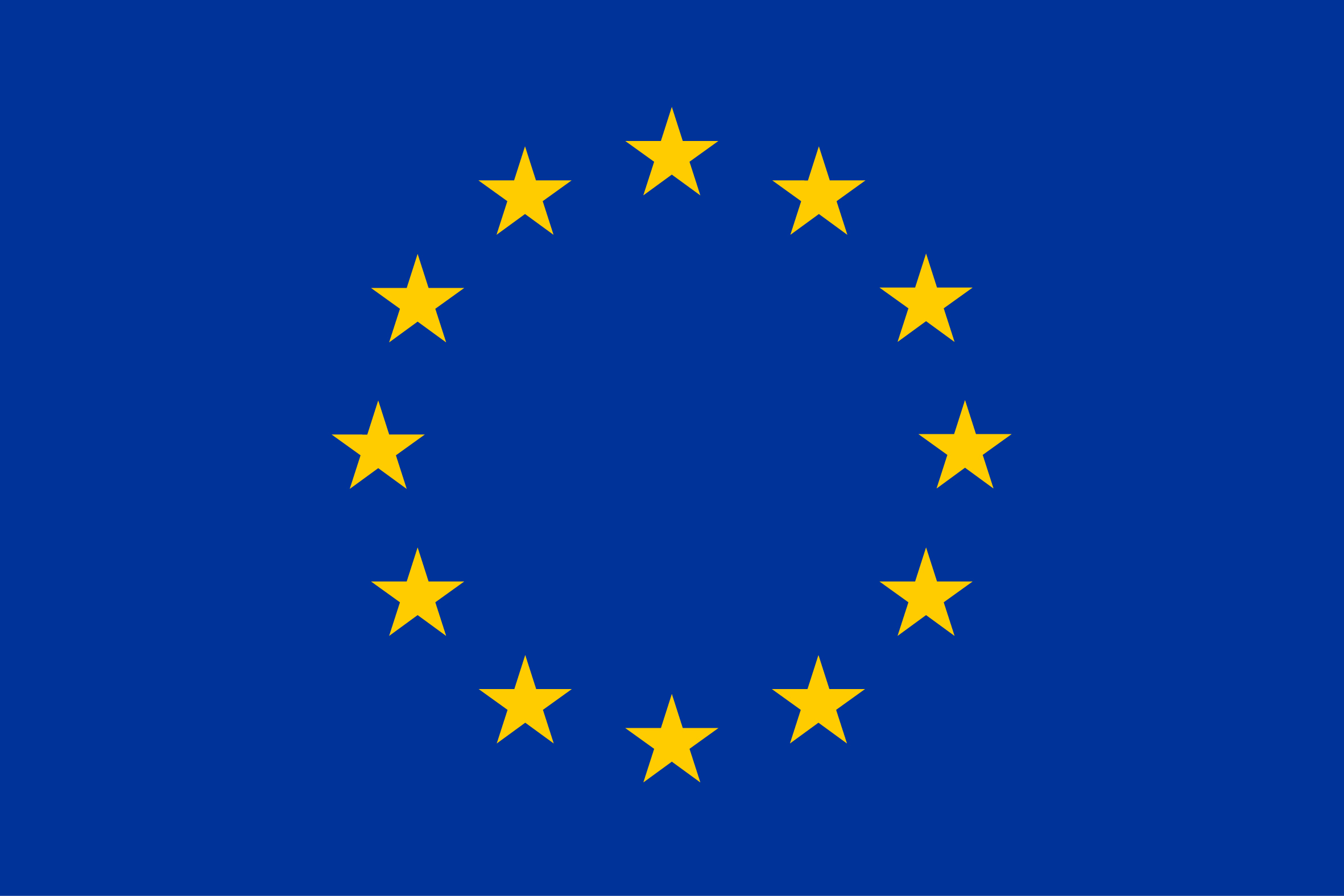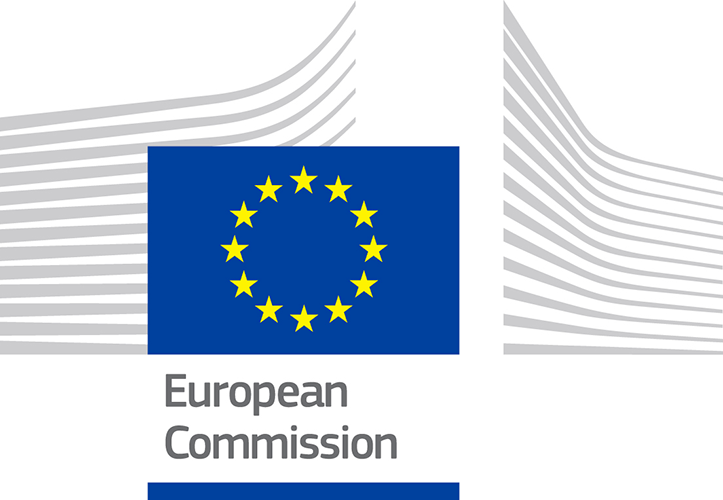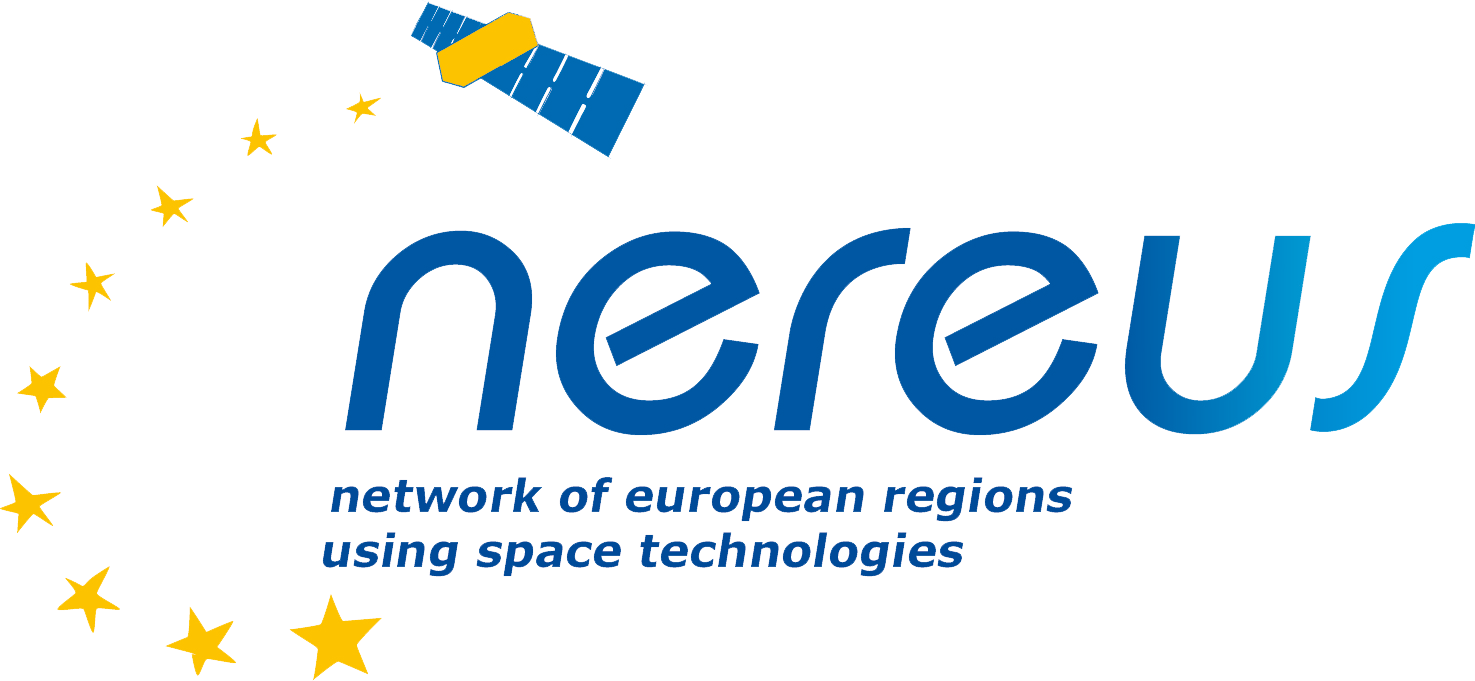Space helps us locate schools and connect them to Internet
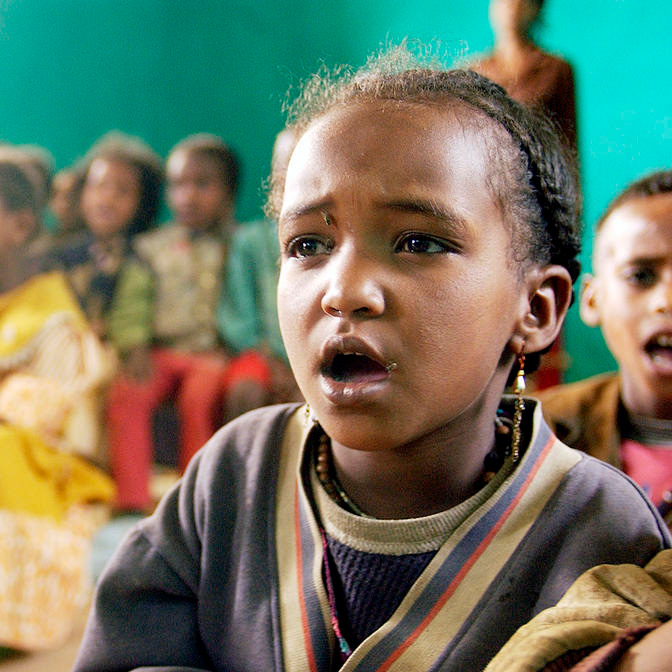
Christine Sund, Senior Advisor
International Telecommunication Union
Regional Office for Africa, Ethiopia
Giga is a partnership between ITU and UNICEF: to connect every school of the planet to the Internet, and every young person to information, opportunity and choice. Giga uses space technologies, satellite imagery, artificial intelligence, and machine learning to map schools and their connectivity, including those in hard to reach and very remote areas. In partnership with governments and industry leaders, Giga also helps model the optimal connectivity solutions and the potential financial mechanisms to provide schools with reliable, good quality and sustainable connectivity. Giga also serves as a platform, linking partners and initiatives, to ensure that we provide learners with the relevant digital skills, services and solutions to fully enhance their potential.
Interview
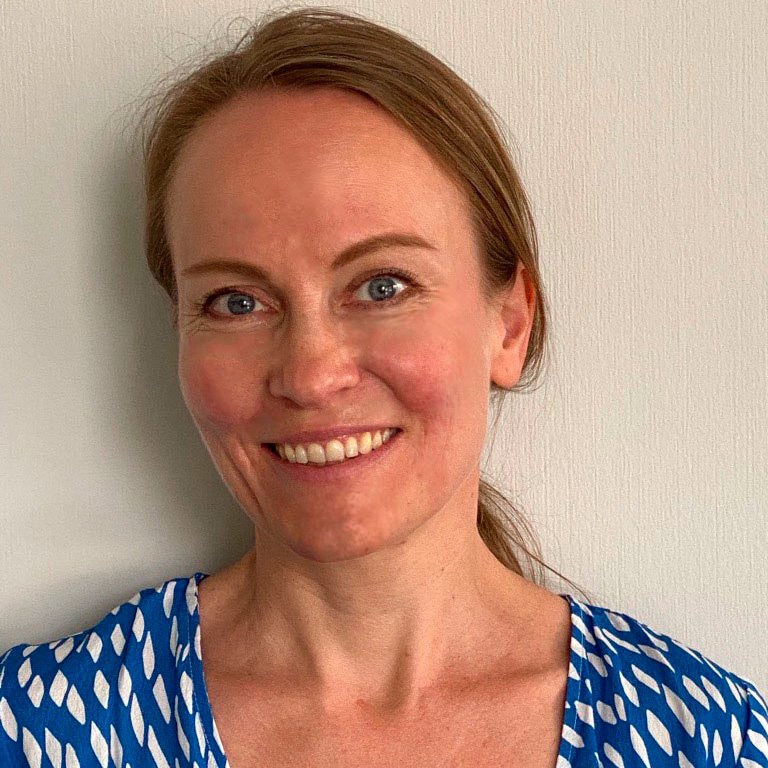
I am Christine Sund, Senior Advisor at the International Telecommunication Union Regional Office for Africa. ITU is the United Nations Specialized agency for Information and Communication Technologies.
Giga is a bold partnership between ITU and UNICEF created with a very noble but ambitious objective in mind:
to connect every school of the planet to the Internet, and every young person to information, opportunity and choice.
Currently, two-thirds of children and young people worldwide do not have an Internet connection at home and at least 31 per cent of all school children cannot be reached by remote learning programs.
Differences in access to the Internet are larger between wealthy and poor nations; among children and young people, only 6% cent of those in low-income countries have Internet access at home, compared to 87% in high-income countries.
With Giga we want to bridge the digital divide in education. We believe that reliable connectivity is fundamental to creating effective 21st century learning environments. And we want to make sure this is available to every child and every young person on the planet.
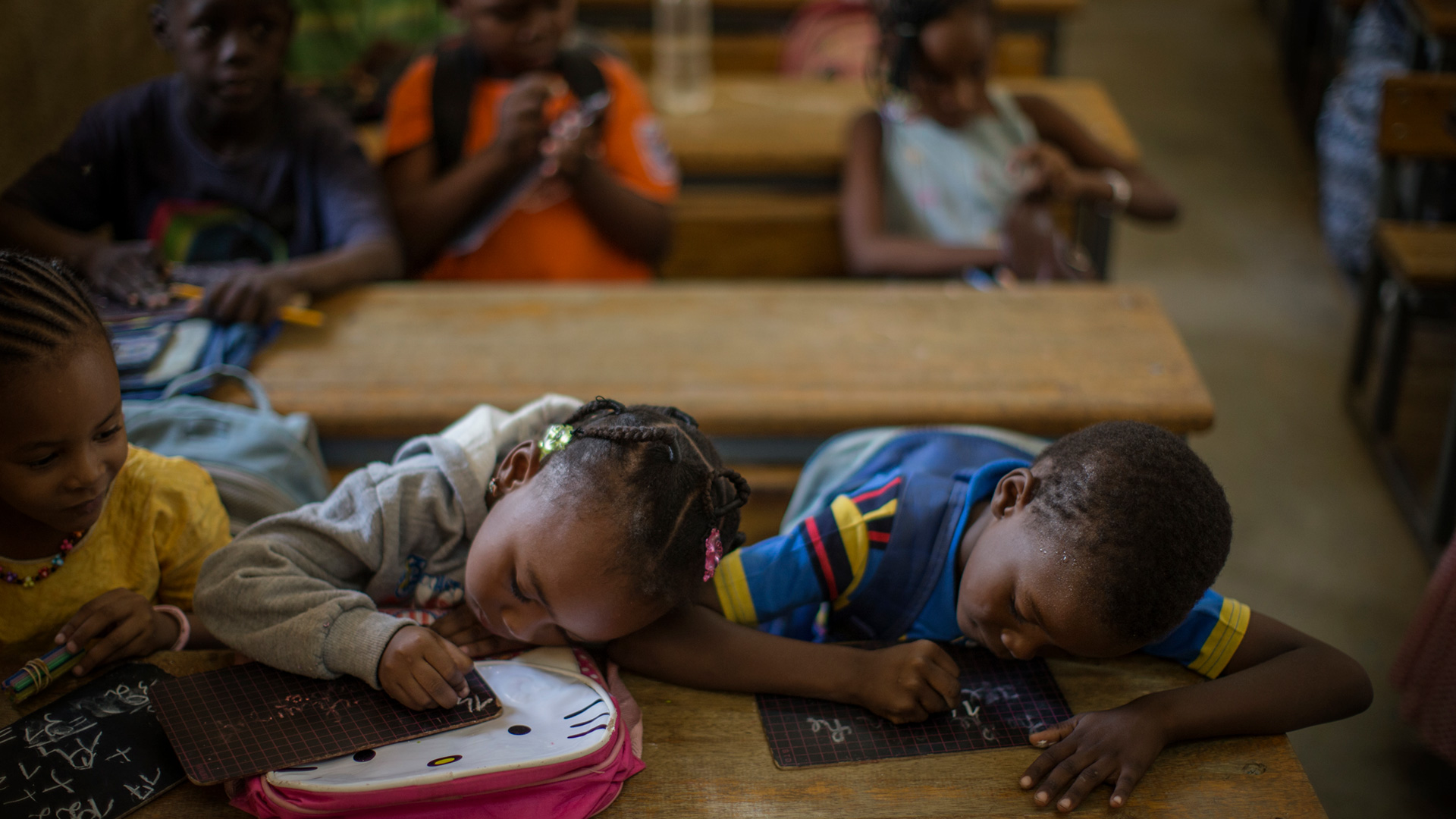
Lack of connectivity in Africa is a big challenge. Of the 3.7 billion people currently unconnected, 960 million live in Africa.
These individuals are excluded from that vast store of information and opportunity that could be transformational to their lives.
In Africa, 9 out of 10 school-age children – aged 3 to 17 years old – do not have Internet access at home (How Many Children and Youth Have Internet Access at Home. ITU/UNICEF Report, December 2020.), and so the digital divide is perpetuating cycles of inequality and poverty. Children and young people on the continent are falling further behind their peers and left without opportunities to change their futures and those of the people in their communities.
Access to reliable and affordable electricity also remains a major constraint when bringing sustainable connectivity solutions to schools, a challenge that Giga takes very seriously in its ongoing pilots on the African Continent.
A big challenge we have when trying to bridge the digital divide in education is that, currently, we do not know how many schools there are in the world.
We also don’t know how many of those are connected to the Internet or whether that connection is sufficient for high-quality online learning.
Through Giga, we want to find answers and solutions to these questions in order to explore, with partners, the innovative ways to connect them.
Giga uses space technologies, satellite imagery, artificial intelligence, and machine learning to map schools and their connectivity, including those in hard to reach and very remote areas.
The models developed by Giga combine satellite imagery and ITU infrastructure mapping data and use AI models to help figure out with more precision what constitutes a school and what its coordinates are. Then, we use Machine Learning technology, aggregate all these pieces of data together, and get a better understanding of the connectivity gaps.
But Giga’s role does not stop there. Knowing the location of schools and their connectivity status is only the first step. In partnership with governments and industry leaders, Giga also helps model the optimal connectivity solutions and the potential financial mechanisms to provide schools with reliable, good quality and sustainable connectivity. Giga also serves as a platform, linking partners and initiatives, to ensure that we provide learners with the relevant digital skills, services and solutions to fully enhance their potential.
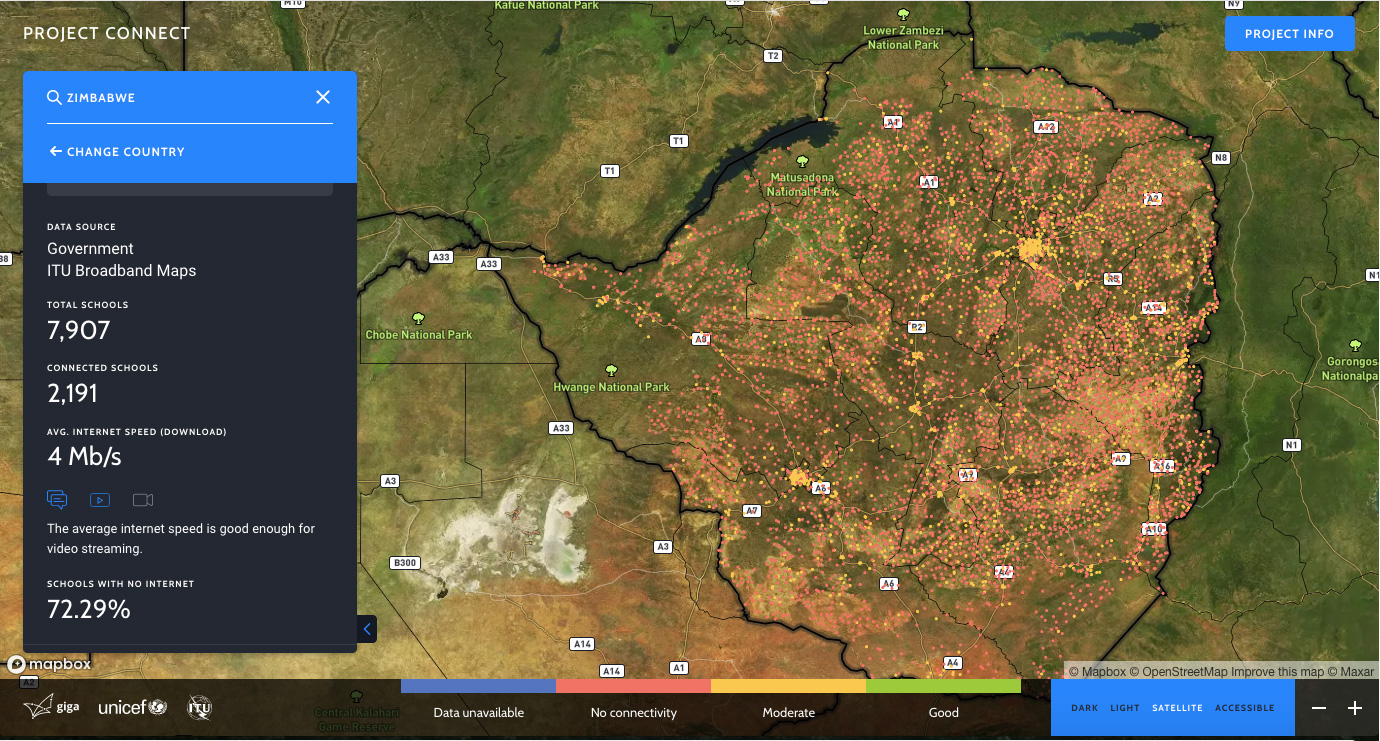
Improving the quality of learning and increasing access to affordable and reliable connectivity are fundamental to attain most, if not all, of the Sustainable Development Goals.
Access to digital learning can transform not only individuals but entire communities. Through Giga we aim not only to create the digital footprint of schools but also that of the communities surrounding them, thereby making a stronger case for investors and operators to extend connectivity to hard to reach and remote areas.
Can you imagine if all schools in the world, no matter where they are located, were connected to the Internet?
Can you imagine if every learner whether in a village, in a refugee camp, a slum or in a big city had access to the same knowledge and opportunities? What this could do for the world?
Through Giga we want to ensure that every child and every young person is equipped with the digital goods they need and empowered to shape the future they want.
Giga has mapped around 1 million schools in the last 18 months, and over the next 36 months we intend to have live data about somewhere between 6 and 9 million schools. We count on partners with their specific expertise and knowhow to contribute to achieving the Giga vision.
What can you do to help us connect the schools in your village, in your city, in your country, and, in the world?
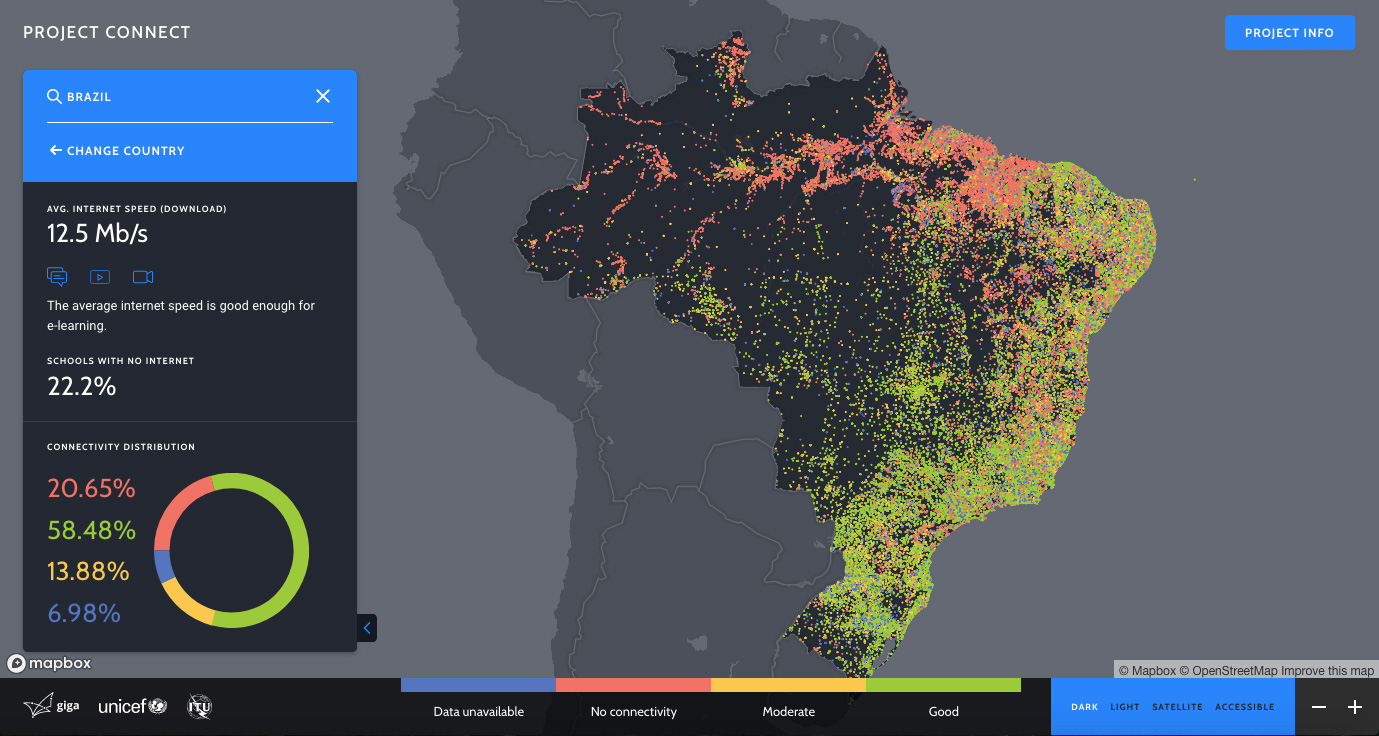

Ensure inclusive and equitable quality education and promote lifelong learning opportunities for all
Check out more